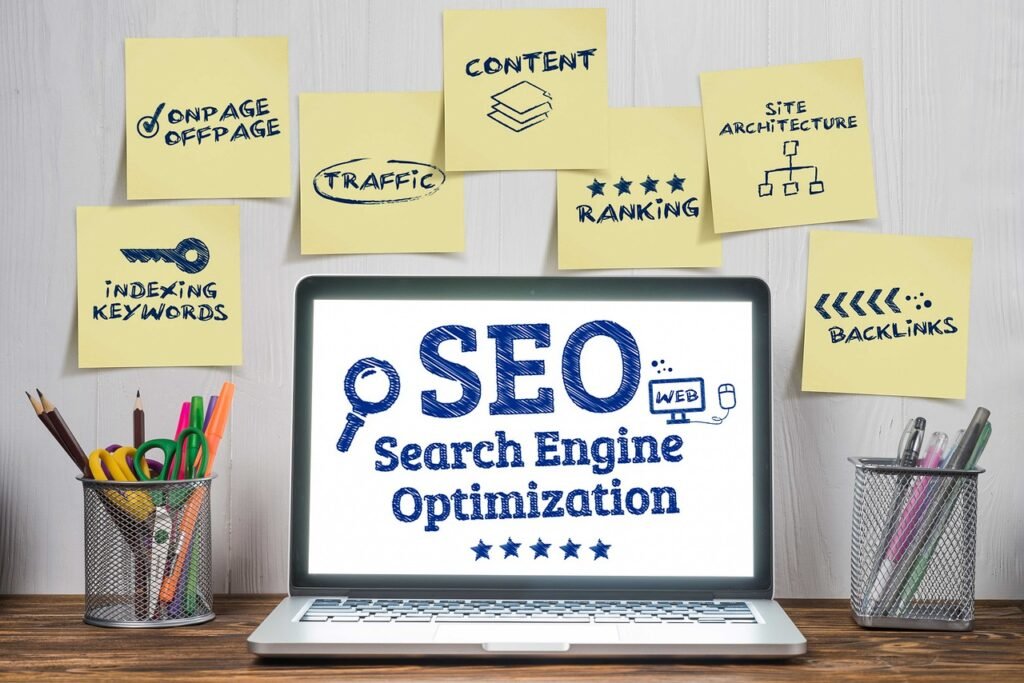Managing websites that use different languages and serve different countries is no easy task. That’s why Lizzi, Gary and Martin sat down to talk about all things internationalization, hreflang and what’s making managing international, multi-language websites easier.
Resources:
Episode transcript → https://goo.gle/sotr078-transcript
Docs for international and multilingual sites → https://goo.gle/3WtolAL
How x-default can help you → https://goo.gle/3Y8AdKB
Web Almanac hreflang usage in 2022 → https://goo.gle/4bKX2Hv
Hreflang tags generator by Aleyda Solis → https://goo.gle/4bVRVEI
Merkle Hreflang testing tool → https://goo.gle/3WaWbKj
Hreflang Builder → https://goo.gle/4cW8fGi
Watch more Search Off the Record → https://goo.gle/sotr-yt
Subscribe to Google Search Channel → https://goo.gle/SearchCentral
Search Off the Record is a podcast series that takes you behind the scenes of Google Search with the Search Relations team.
#SOTRpodcast
Speaker: Martin Splitt, Lizzi Sassman, Gary Illyes
Products Mentioned: Search Console – General
source

Pretty confusing/unprepared, feels like you don’t know 100% what you are talking about… I expected a bit more tbh, but generally I love google podcasts. Don’t get me wrong.. till next time.
Alhamdulillah,Matur kasuwun,Terima kasih,Thanks you I am conect waiting
Thanks! With my colleagues at Search Foundry, we discussed this interesting contribution and firmly believe, based on our experience, that the configuration of hreflang is primarily driven by marketing and business strategies, with technical considerations being secondary. That's why an override mode is essential, as an automated system cannot grasp the business and legal nuances of implementation choices. Therefore, having a robust override feature is critical. Additionally, providing comprehensive and well-crafted documentation to a sufficiently advanced language model can help achieve a functional configuration.
It’s not that complicated. The reason it is usually implemented incorrectly is following miss information on the web, misinterpreting partial information, and people not following the rules exactly. It get complicated to implement when sites do not follow a common url structure, then you need to get crafty to match alternates. You can do a simple test to see how it works by implementing a XML Sitemap with a small set of important pages, ask the devs to publish it, and add it to GSC.
I've been having issues with hreflang implementations lately – one example is a pricing page for a service that is available in 200 different countries and we now have separate pages for each of them in 6 languages each that show pricing and plan details. We know that not all languages are relevant in those countries, but it was easier to create them like that in the CMS. As you can imagine the code block for this was hilariously large, so we decided to implement via Sitemap, but even that was difficult as that gets larger than 50MB quite quickly and while we could have a couple sitemaps dedicated to this one page, it seems quite silly. We've currently listed the top 100 country/language combos in a sitemap, but this still doesn't feel optimal and we're seeing other pages in search results in some regions. I do wish there was a better way for large implementations.
Hey @PUNTUEUS you may want to listen to this [00:33:32:04] – Martin
Yes. Like, I don't know, you want to confuse them and then you serve the page in Basque, for example. And then there will be only four people who will understand it.
404 / 301 also pls cover up so that we can understand more about keeping these urls by google
I really have a problem with google obliging me to read in romanian, with all my language preferences being clearly stated as english, so not sure why my desired language is being bypassed for my local one. Care to explain?
🎯2030👩🏼🎓
The Sustainable Development Goals are: No poverty; zero hunger; good health and well-being; quality education; gender equality; clean water and sanitation; affordable and clean energy; decent work and economic growth; industry, innovation and infrastructure; reduced inequalities; sustainable cities and communities; responsible consumption and production; climate action; life below water; life on land; peace, justice, and strong institutions; and partnerships for the goals.
🎯2030👩🏼🎓
The Sustainable Development Goals are: No poverty; zero hunger; good health and well-being; quality education; gender equality; clean water and sanitation; affordable and clean energy; decent work and economic growth; industry, innovation and infrastructure; reduced inequalities; sustainable cities and communities; responsible consumption and production; climate action; life below water; life on land; peace, justice, and strong institutions; and partnerships for the goals.
Oh yeah haaaa…😀🤭
I have a new content [LIVE—for you! And yes for yourself👏🏽…Thank you, YouTube😊